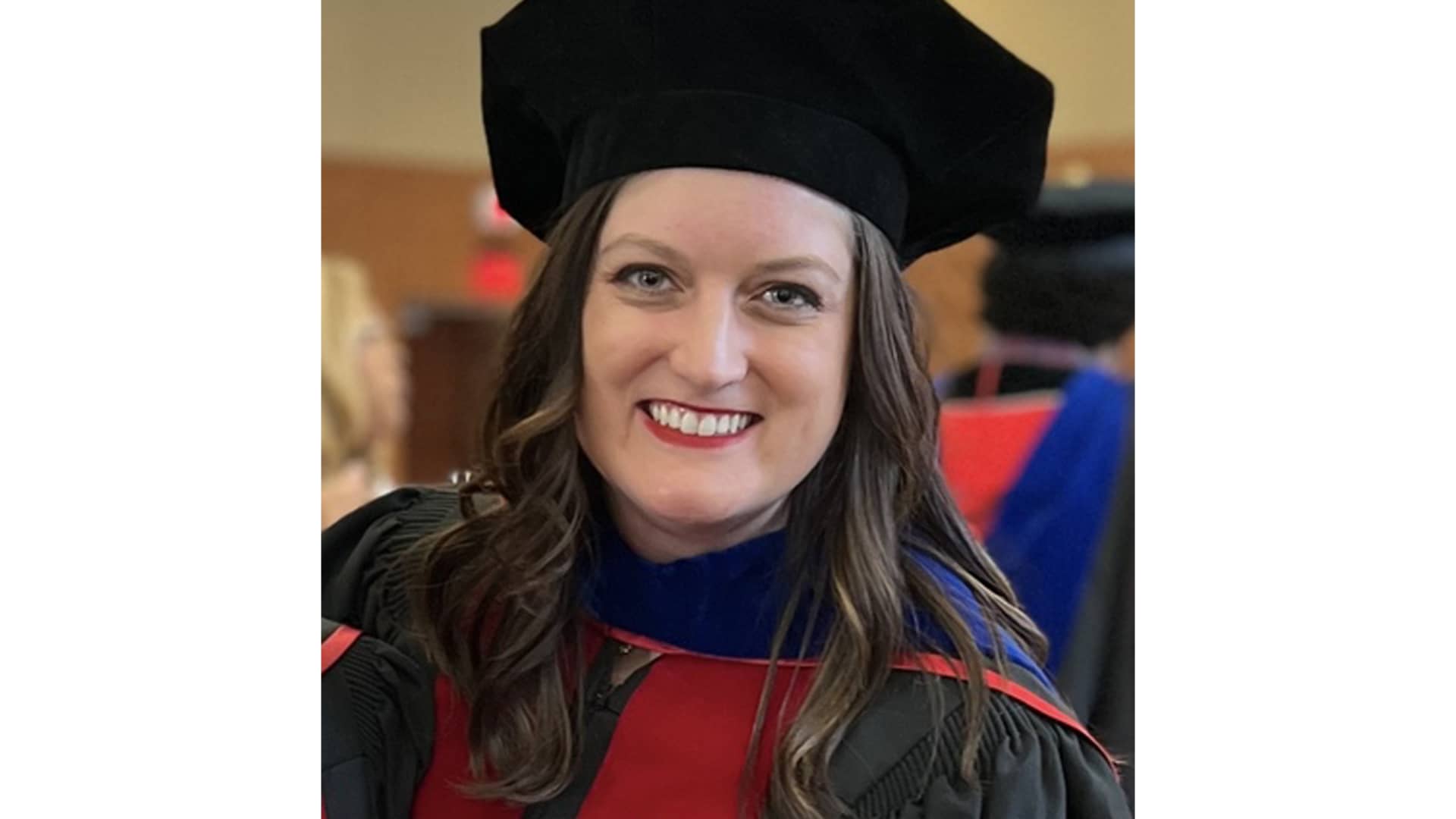Nitat Termmee | Moment | Getty Images
The U.S. job market isn’t looking too hot for recent college graduates and other job seekers, according to economists and labor experts.
“The job market is kind of trash right now,” said Mandi Woodruff-Santos, a career coach and personal finance expert.
“I mean, it’s really difficult,” she added. “It’s really difficult for people who have many years of experience, so it’s going to be difficult for college kids.”
‘Tough summer’ for job seekers
That may seem counterintuitive.
The national unemployment rate in May was relatively low, at 4.2%. The layoff rate has also been historically low, suggesting employers are holding on to their workers.
Yet, hiring has been anemic. The pace of employer hiring in April was the lowest in more than 10 years, since August 2014, excluding the early months of the Covid pandemic.
More from Personal Finance:
Millions would lose health insurance under GOP megabill
Average 401(k) balances drop 3% due to market volatility
Trump administration asks Supreme Court to lift ban on Education Department layoffs
The rate at which workers are quitting — a barometer of worker confidence about their job prospects — has also plummeted to below pre-pandemic levels, a stark reversal from the “great resignation” in 2021 and 2022.
“It will be a tough summer for anyone looking for full-time work,” Heather Long, chief economist at Navy Federal Credit Union, wrote in an e-mail Friday.
“This is an ‘abundance of caution economy’ where businesses are only filling critical positions and job seekers, especially recent graduates, are struggling to find employment,” she said.
Steady job market erosion ‘cannot continue forever’
While the job market may be limping along by some measures, Long also said a recession doesn’t seem “imminent.”
Businesses added more jobs than expected in May, for example. But those gains have slowed significantly — a worrisome sign, economists said.
Employers appear reluctant to hire in an uncertain economy.
CEO confidence plummeted in the second quarter of 2025, seeing its largest quarterly decline on record dating to 1976, according to a survey by The Conference Board. Uncertainty around geopolitical instability, trade and tariff policy were the largest business risks, according to Roger Ferguson Jr., the group’s chair emeritus.
The share of CEOs expecting to expand their workforce fell slightly, to 28% in Q2 from 32% in Q1, and the share planning to cut their workforce rose 1 point, to 28%.
“The steady erosion in the US job market cannot continue forever — at some point, there will just not be much left to give,” Cory Stahle, an economist at the Indeed Hiring Lab, wrote in an analysis Friday.
“In a low-hiring, slow-growth environment, employers can only hold onto their existing employees for so long before they too will have to be let go — increasing unemployment even as job opportunities continue to shrink,” Stahle wrote.
Don’t underestimate personal connections
Don’t underestimate the “power of personal connections” to help get noticed in a competitive job market like this one, said Woodruff-Santos, the career coach.
Her No. 1 piece of advice: Make yourself “uncomfortable” in order to network and build professional relationships.
“You need to put yourself in situations where you may not know everybody, you may not know one person, where you may actually need someone to give you a bit of a helping hand, and to feel confident and OK doing that,” Woodruff-Santos said.
If you’re pushed to accept a job you don’t love to make ends meet, make a plan to keep current in the field to which you aspire, she said.
In other words, build the skills that will eventually help you get that job, perhaps by taking a training course, getting a certificate or doing contract work, she said. Also, consider joining a professional organization, putting yourself in the same room as people in your desired field and with whom you can connect, she said.
These steps raise your chances of getting attention from future employers and keeping your skills sharp, Woodruff-Santos said.
She also had some words of encouragement.
“The job market has been trash before,” she said. “It’ll be trash again. This probably won’t be your first trash job market. And you’re going to be OK.”


 Blog Post1 week ago
Blog Post1 week ago
 Personal Finance7 days ago
Personal Finance7 days ago
 Personal Finance1 week ago
Personal Finance1 week ago
 Personal Finance1 week ago
Personal Finance1 week ago
 Finance1 week ago
Finance1 week ago
 Economics1 week ago
Economics1 week ago
 Economics7 days ago
Economics7 days ago
 Economics3 days ago
Economics3 days ago











